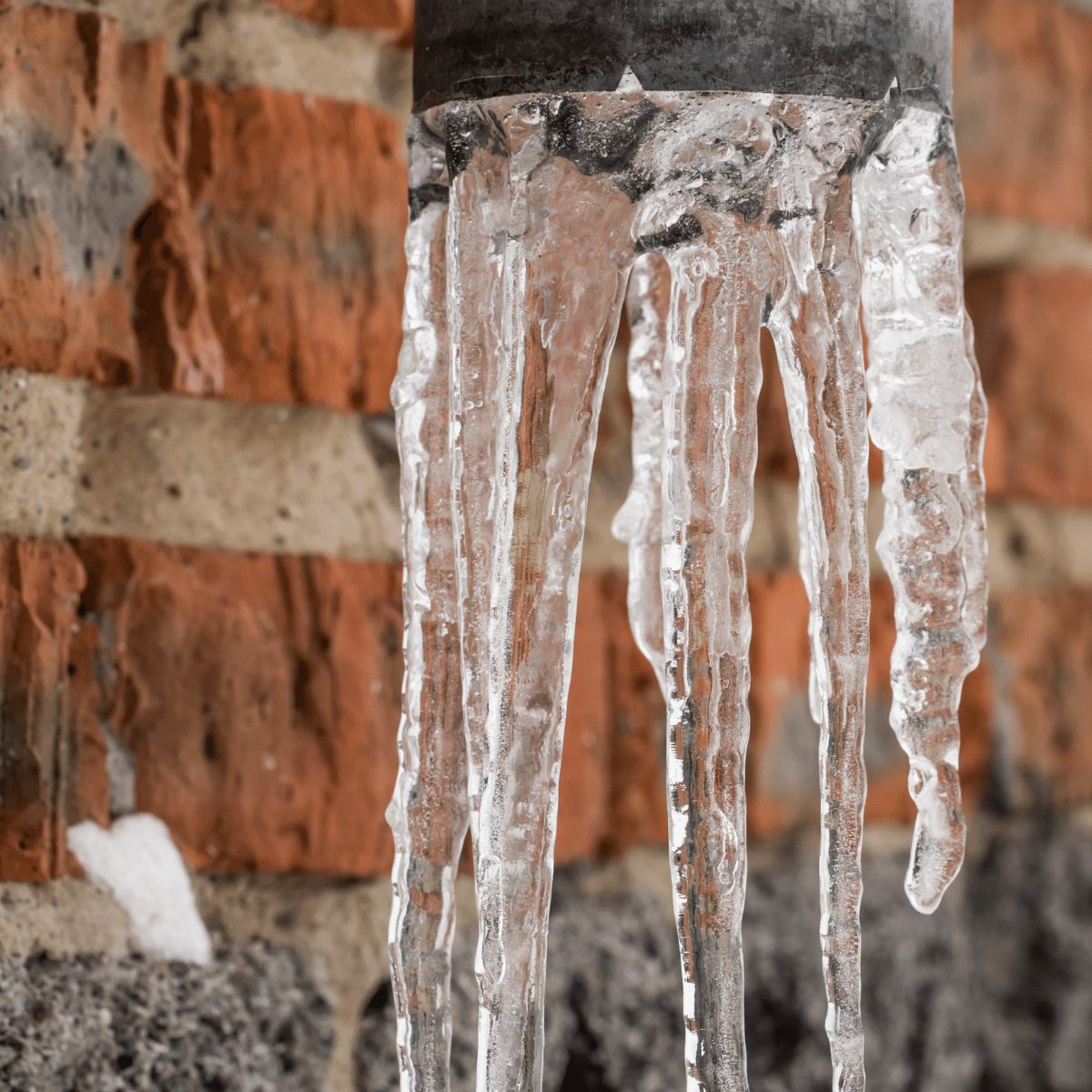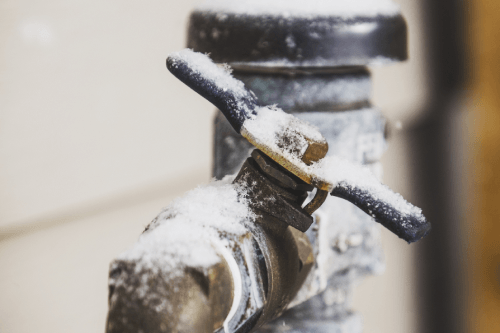They are making several good points relating to Helpful Tips to Prevent Frozen Pipes this Winter in general in this article down below.

Cold weather can damage your pipes, especially by freezing pipes. Right here's just how to prevent it from taking place and what to do if it does.
Intro
As temperatures decline, the risk of frozen pipelines rises, potentially leading to costly repair work and water damage. Recognizing just how to avoid icy pipelines is critical for home owners in cold climates.
Avoidance Tips
Protecting at risk pipes
Wrap pipelines in insulation sleeves or utilize warmth tape to protect them from freezing temperatures. Focus on pipes in unheated or external locations of the home.
Home heating methods
Keep indoor areas effectively warmed, specifically areas with plumbing. Open up cabinet doors to permit warm air to circulate around pipes under sinks.
How to determine frozen pipelines
Try to find decreased water circulation from faucets, uncommon odors or sounds from pipes, and visible frost on revealed pipes.
Long-Term Solutions
Structural adjustments
Take into consideration rerouting pipes away from outside wall surfaces or unheated areas. Add additional insulation to attics, basements, and crawl spaces.
Upgrading insulation
Buy high-grade insulation for pipelines, attic rooms, and walls. Appropriate insulation helps maintain constant temperatures and lowers the threat of icy pipes.
Safeguarding Outside Pipes
Garden tubes and exterior taps
Disconnect and drain yard pipes before wintertime. Install frost-proof faucets or cover exterior faucets with protected caps.
Recognizing Frozen Pipelines
What triggers pipes to freeze?
Pipes ice up when subjected to temperature levels listed below 32 ° F (0 ° C) for extended periods. As water inside the pipes freezes, it expands, taxing the pipeline walls and possibly creating them to burst.
Risks and damages
Icy pipelines can result in water interruptions, residential or commercial property damage, and costly repair services. Burst pipes can flood homes and cause comprehensive structural damage.
Signs of Frozen Water Lines
Recognizing frozen pipelines early can avoid them from bursting.
What to Do If Your Pipelines Freeze
Immediate actions to take
If you suspect icy pipes, maintain taps open to soothe stress as the ice melts. Utilize a hairdryer or towels soaked in warm water to thaw pipelines gradually.
Conclusion
Protecting against frozen pipelines calls for proactive actions and quick responses. By understanding the reasons, signs, and safety nets, property owners can protect their pipes during cold weather.
Helpful Tips to Prevent Frozen Pipes this Winter
UNDERSTANDING THE BASICS: WHY PIPES FREEZE AND WHY IT’S A PROBLEM
Water freezing inside pipes is common during the winter months, but understanding why pipes freeze, and the potential problems it can cause is crucial in preventing such incidents. This section will delve into the basics of why pipes freeze and the associated problems that may arise.
THE SCIENCE BEHIND FROZEN PIPES
When water reaches freezing temperatures, it undergoes a physical transformation and solidifies into ice. This expansion of water as it freezes is the primary reason pipes can burst. As the water inside the pipe freezes, it expands, creating immense pressure on the walls. If the pressure becomes too great, the pipe can crack or rupture, leading to leaks and water damage.
FACTORS THAT CONTRIBUTE TO PIPE FREEZING
Low Temperatures: Extremely cold weather, especially below freezing, increases the risk of pipes freezing. Uninsulated or Poorly Insulated Pipes: Pipes located in unheated areas, such as basements, crawl spaces, or attics, are more prone to freezing. Insufficient insulation or lack of insulation altogether exacerbates the problem. Exterior Wall Exposure: Pipes running along exterior walls are susceptible to freezing as they encounter colder temperatures outside. Lack of Heating or Temperature Regulation: Inadequate heating or inconsistent temperature control in your home can contribute to frozen pipes. PROBLEMS CAUSED BY FROZEN PIPES
- Pipe Bursting: As mentioned earlier, the expansion of water as it freezes can cause pipes to burst, resulting in significant water damage.
- Water Damage: When pipes burst, it can lead to flooding and water damage to your property, including walls, ceilings, flooring, and personal belongings.
- Structural Damage: Prolonged exposure to water from burst pipes can compromise the structural integrity of your home, leading to costly repairs.
- Mold and Mildew Growth: Excess moisture from water damage can create a favorable environment for mold and mildew growth, posing health risks to occupants.
- Disrupted Water Supply: Frozen pipes can also result in a complete or partial loss of water supply until the issue is resolved.
WHY CERTAIN PIPES ARE MORE PRONE TO FREEZING
- Location: Pipes located in unheated or poorly insulated areas, such as basements, crawl spaces, attics, or exterior walls, are at higher risk of freezing.
- Exterior Pipes: Outdoor pipes, such as those used for irrigation or exposed plumbing, are particularly vulnerable to freezing as they are directly exposed to the elements.
- Supply Lines: Pipes that carry water from the main water supply into your home, including the main water line, are critical to protect as freezing in these lines can affect your entire plumbing system.
- Underground Pipes: Pipes buried underground, such as those connected to sprinkler systems or outdoor faucets, can be susceptible to freezing if not properly insulated.
https://busybusy.com/blog/helpful-tips-to-prevent-frozen-pipes-this-winter/

We were made aware of that write-up on How To Avoid Freezing Pipes through someone on our other web address. Those who appreciated our blog entry plz make sure you remember to pass it around. Thank you so much for taking the time to read it.
Book With Us Today!